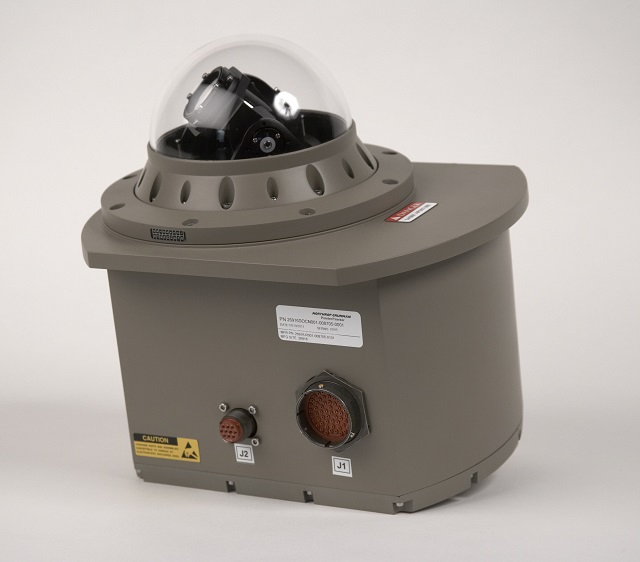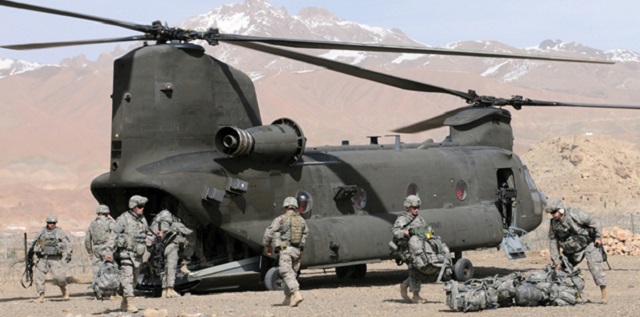Northrop Grumman has been selected to develop and produce a next-generation, laser-based infrared countermeasure system for the US military after winning over BAE Systems for the Army’s Common Infrared Countermeasure (CIRCM) programme.
The company received a $35 million contract from the Army last week for the engineering and manufacturing development phase, which runs through October 2017.
It’s a relatively small sum, but a significant blow to BAE – since Northrop will become the primary supplier of future laser-based infrared countermeasure systems for rotary-wing, tilt-rotor and small fixed-wing aircraft across the DOD, according to the Army.
"We are proud to have been selected to work with the Army to ensure our warfighters have the most advanced aircraft protection for decades to come," says Northrop sector vice-president and general manager Jeff Palombo.
The contract, announced 28 August, has options for low-rate initial production in 2017 and 2018.

Northrop's CIRCM system is designed to jam incoming IR-guided missiles with a laser.
Northrop Grumman
According to the CIRCM development plan in the Army’s fiscal 2016 budget book, a critical design review is planned for mid-2016 and the operational test and evaluation effort will start in late 2018.
Northrop and BAE are both industry leaders in current-generation countermeasure systems, which are designed to protect rotorcraft and small aircraft from surface-to-air and air-to-air rockets and missiles by dispensing flares and jamming them with lasers. Northrop's directional infrared countermeasure system (DIRCM) is most popular with the US Air Force and Navy, but the army had traditionally relied on BAE's advanced threat infrared countermeasures system (ATIRCM).
The winning CIRCM team is comprised of Northrop Land & Self Protection Systems of Rolling Meadows, Illinois; Daylight Solutions of San Diego, California; and Selex ES of Edinburgh, Scotland. Northrop packaged Daylight's expertise quantum cascade laser technology with Selex's Eclipse pointer/tracker. The countermeasure system must be integrated with BAE's existing ultraviolet missile detector -- the common missile warning system (CMWS).
For its part, BAE has not ruled out a bid protest through the US Government Accountability Office. The company is to receive a post-award briefing from the Army contracting office and has some time to consider whether to file a complaint.
“With more than 40 years of experience pioneering and delivering cost-effective and technologically advanced aircraft survivability solutions, we are disappointed by this decision,” a company spokesman said via email. “We are currently considering all of our options as we prepare to be briefed by the Army about the decision.”

BAE and Northrop have already delivered hundreds of current-generation IR-countermeasure systems for US Army rotorcraft.
BAE Systems
Source: FlightGlobal.com



















